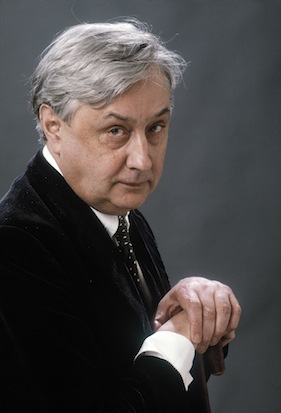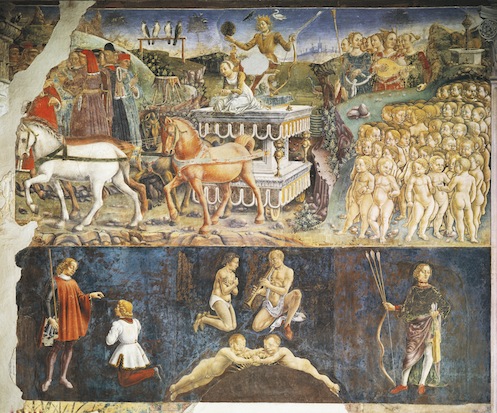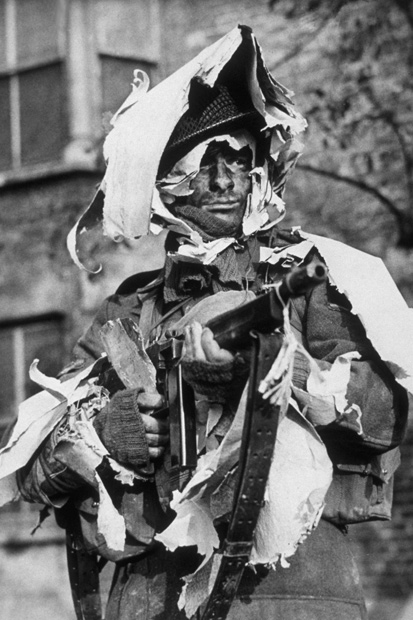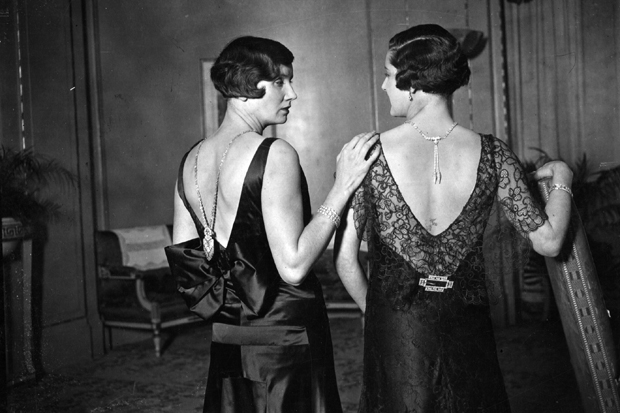The early 1970s was a good time for heavyweight boxing. Indeed, it was probably the last truly great age for the sport. Flamboyant fighters contested brutal matches in exotic locations, from the Philippines to the Caribbean. The world watched open-mouthed. The marketing slogans attached to some of those fights remain instantly recognisable: who has not heard of the Rumble in the Jungle or the Thrilla in Manila? During these years boxing, and particularly American heavyweight boxing, was the most prominent and glamorous sport on the planet.
Boxing in the early Seventies was also culturally important in a way that it is not any more. The sport was briefly about more than money and pain. It spoke to the politics of war, race, religion and international diplomacy. Fighters became, as Richard Hoffer puts it, ‘proxies for competing belief systems’, which gave the heavyweight belt ‘an unlikely significance in these otherwise dispiriting years’.
This was almost entirely down to the celebrity of one man: Muhammad Ali, the big-mouthed, draft-dodging Islamic convert who became a pariah and a martyr for his refusal to go to war in Vietnam, and used his astonishing verbal dexterity and physical resilience to give his sport an uncommonly thrilling unpredictability, both inside and outside the ring. Ali was one of the most unusual and fascinating sportsmen of all time. It was he, more than anyone else, who made boxing matter.
But Ali couldn’t fight himself. He found his most memorable rivals in Joe Frazier, whom he fought three times, and George Foreman, whom he fought once. Hoffer’s book is about these four matches and the single bout that took place in Jamaica between Foreman and Frazier. Cumulatively, this three-way contest added up to 51 rounds, four countries, and an awful lot of money. It was, Hoffer, writes, ‘a terrible tournament’ between three sharply contrasting boxers.
The main rivalry was between Ali and Frazier, who represented two very different modes of post-segregation American blackness. Although Frazier had helped Ali to support himself during his years of exile for refusing to serve in Vietnam, Ali cruelly and relentlessly abused him during the build-up to their fights. Before their first — the Fight of the Century, held in 1971 at Madison Square Garden in New York — Ali began calling Frazier an Uncle Tom. By the time of their third and deciding bout, the Thrilla in Manila in 1975, Ali had progressed to calling Frazier an ape and firing a pistol outside his house in the night. ‘We can’t have a gorilla for a champ,’ he told the press, adding that the people of Manila would look at Frazier and think that ‘all black brothers are animals. Ignorant. Stupid. Ugly.’ In the context of the times, this was more than just trash-talk.
Likewise, the choice of destinations for the great fights of the Seventies was not simply a matter of global tourism. The Rumble in the Jungle, the 1974 fight between Ali and Foreman, which Ali won with his famous rope-a-dope tactic of absorbing eight rounds of Foreman’s beating before knocking out his exhausted opponent, was hosted in Zaire by the dictator Joseph Mobutu, and was sold by the promoter Don King as ‘two prodigal sons returning home to the land of their heritage’. The Thrilla in Manila was likewise more than just an exercise in grandiosity by its sponsor Ferdinand Marcos: there was real symbolism in taking an Ali fight so close to Vietnam, where he had infamously refused to go in the previous decade.
Hoffer is generally an agreeable guide to his subject. He draws on interviews and first-hand accounts of the fights he describes, and has a rare gift for conjuring up tense and compelling descriptions of boxing matches even when we all know the outcome. His overarching thesis is neither especially bold nor fully seen through, but he has an undeniable knack for storytelling and a terrific eye for detail. I did not know that when Muhammad Ali fought Floyd Patterson, he nicknamed Patterson ‘the Rabbit’ and employed a man to shake lettuce and carrots at him. Nor that in 1971 Ali had been considering fighting an exhibition bout against a 7’2” professional basketball player.
Occasionally Hoffer’s enthusiasm and his fondness for jaunty colloquialism is allowed to overboil. ‘The only way to make it pencil out was to salt the proposal with plenty of magical thinking,’ he writes. The only pencil necessary in that sentence would have been the red one belonging to Hoffer’s editor. There is a great tradition of American writing about boxing, running from A.J. Liebling to Joyce Carol Oates and David Remnick. The writer Hoffer appears most to admire, and to imitate, is Norman Mailer. He is not quite up to the level. But it is a fun book about an exciting age, all the same.
Got something to add? Join the discussion and comment below.
Get 10 issues for just $10
Subscribe to The Spectator Australia today for the next 10 magazine issues, plus full online access, for just $10.
Available from the Spectator Bookshop, £15.99. Tel: 08430 600033
You might disagree with half of it, but you’ll enjoy reading all of it. Try your first month for free, then just $2 a week for the remainder of your first year.













Comments
Don't miss out
Join the conversation with other Spectator Australia readers. Subscribe to leave a comment.
SUBSCRIBEAlready a subscriber? Log in